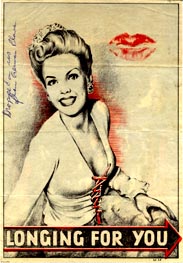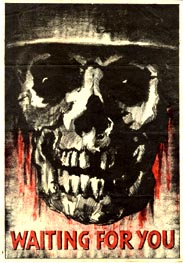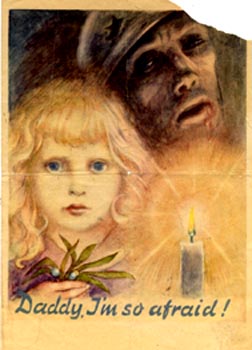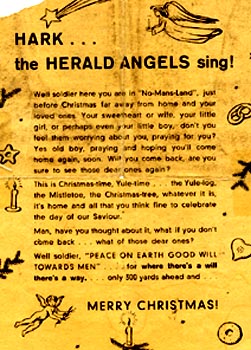Anecdotes From the Bugle
Robert M. Bowen
C Company
401st Glider lnfantry
101st Airborne Division
GLOOMY CHRISTMAS
December 24 and 25, 1944, were for me two of the worse days of my life. The 101st Airborne Division had been surrounded at Bastogne, Belgium since the night of the 20th, was short of ammunition and supplies, had its hospital captured, and was in danger of being overrun. I was an NCO rifle platoon leader in Company C, 401 GIR and my company was manning roadblocks on the western perimeter of the encircled city near Flamierge. We had repulsed attacks in our sector on the 19th, 20th and 22nd. On the 23rd the Germans came again early in the morning out of a heavy fog which hung over the bitter cold, snow covered hills wearing snowsuits and with tanks painted white.
They were from the 77th Regiment of the 26th Volksgrenadier Division, 14 tanks with infantry. Although the roadblock had a Sherman, a TD, a half-track and a 37mm antitank gun, a combination of misfortunes prevented their being much use. The Sherman was knocked out in the first burst of shelling, the antitank gun was frozen in the ground and couldn't be traversed to fire on the enemy armor and the crew of the half-track vanished. There was little support from division artillery because of an ammunition shortage, but our 88 mm mortars were a big help.
The division history devoted two short paragraphs to the action, making it sound no more than a patrol incident: nothing about the desperation, hopelessness and drama of the men who fought and died there that day. I was wounded about 1600 [4:00 PM] and put in a basement of a house just behind the MLR where the medics had set up an aid station. The roadblock fell just after dark. All the wounded and medics, the crews of the armor and a few men from Company C were captured, all that remained of the reinforced platoon that held the position. The prisoners were thoroughly searched, threatened with death, and finally marched to trucks which took them into St. Hubert for interrogation. When that was over they were put in the attic of a nearby house under the guard of young gefreiters with itchy trigger fingers.
We were hustled out of the house early the next morning to a captured American weapons carrier with an attached trailer. A biting wind blew over the chilling snow, piercing our inadequate clothing like a knife. We were hungry, cold, and depressed: hungry because we had been living off of one or two K rations a day for nearly a week: cold because many of us did not have overcoats, overshoes, gloves or mufflers: and depressed because after fighting debilitating campaigns in Normandy and Holland with their high casualty rates, this one in Belgium threatened to be the last straw to push us over the edge.



